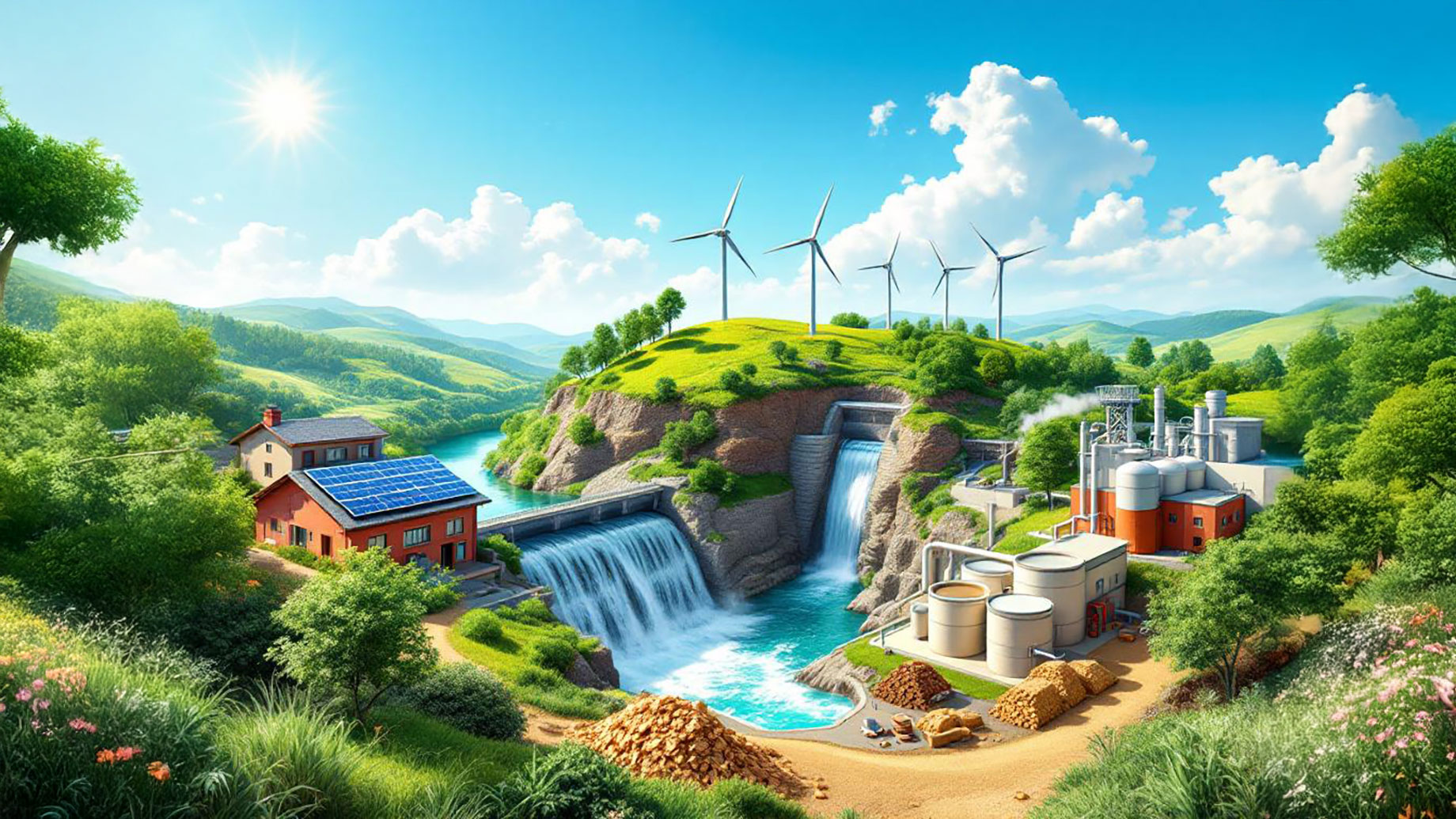
The use of renewable energy in Australia has doubled over the past decade for all the right reasons. In fact, in 2023, 35% of Australia’s total electricity generation came from renewable energy sources. The rising popularity of renewable energy is a testimony to the fact that the country is becoming aware of the harmful effects of fossil fuels on the environment.
Many households are moving towards renewable electricity suppliers such as Lumo for their energy consumption needs. There is a lot of confusion about the different types of renewable energy sources used for electricity generation. In the article below, we will discuss the five types.
Introducing Renewable Energy
Before we move to the five major types of renewable energy sources, here is a quick and short introduction to what they mean. Renewable energy is derived from abundant, environmentally friendly sources. This implies that, unlike fossil fuels, which have a grave impact on the environment, renewable energy doesn’t harm the environment.
By and large, there are five major types of renewable energy sources that are used for electricity generation. We will discuss it in the section below.
5 Types of Renewable Energy Sources
1. Solar Energy
Solar energy, as the name suggests, uses the sun’s daily cycle to generate electricity. In this form of energy generation, photovoltaic panels convert the sun’s energy into usable electricity. The best thing about solar energy is that it is one of the cleanest and cheapest forms of energy generation. Moreover, individuals can easily generate electricity at the household level for use.
High efficiency, low operation cost, and ease of use have made even the most reluctant individuals adapt solar energy. In addition to all these benefits, another great advantage is that if you plan to install solar panels in your home, you will enjoy numerous government subsidies as well.
2. Wind Energy
In this form of power generation, large wind turbines are used to harness the energy produced by the blowing wind and convert it into electricity. The blades that are a part of the turbine rotate with the wind, and power the generator present, converting it into usable energy.
Wind energy has gained a lot of popularity in recent years among energy-supplying companies because it is cost-efficient. For power generation, big wind turbines are installed in areas that are exposed to a high amount of wind, which then powers the generator in the turbine to produce electricity. Wind turbines can generate large amounts of electricity, especially in coastal areas, enabling electricity suppliers to power Australian households with a cleaner energy source.
3. Hydro Energy
Hydro energy is one of the oldest forms of energy generation. It uses the energy generated by moving water to produce electricity. Hydro energy is currently the world’s largest source of renewable energy. One way hydro energy is harnessed to generate electricity is through the construction of dams.
Apart from dams, tidal energy and wave power are also used to generate hydroelectric power. One thing about hydro energy is that it can’t be produced on a small scale and mostly requires a massive amount of capital investment.
4. Geothermal Energy
Geothermal energy harnesses the heat energy produced within the Earth, which is then carried out in the form of steam. Geothermal energy is produced via drilled wells, and the steam generated is converted into electricity.
The first geothermal energy plant was established in Larderello, Tuscany, Italy, in 1904. Presently, there are numerous geothermal energy plants around the world, including Australia. The first plant in Australia was built in Queensland in the 1990s and currently produces electricity for the local population.
5. Bioenergy
Bioenergy derives electricity from biological materials, specifically biomass. Biomass is organic matter produced by living organisms like plants. So, to produce bioenergy, sources such as food waste or wood pellets are used. Bioenergy is mainly used to power vehicles and is rapidly growing in terms of demand and power generation. Although biofuel’s global electricity generation capacity is lower, it is still considered a cornerstone of renewable energy.
Conclusion
The rise of renewable energy can be credited to the rising awareness among individuals about choosing environmentally friendly sources for electricity consumption. Many electricity suppliers in Australia have now adopted renewable sources for electricity generation. Hence, choosing them for your household power needs is a conscious effort to make this world better.